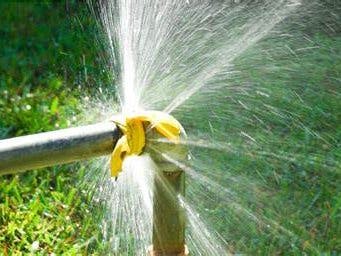Ever had a leak in your house or your garden and not know exactly where it started? Imagine trying to find this leak in a 100-story skyscraper.
That's where this project comes in. With the capability to use just one device or many devices in a mesh network, this project allows homeowners and building managers to be notified of leaks immediately and know exactly where they occur before they cause significant damage.
The main sensor used to detect water leaks is a simple switch-like mechanism. Given that tap water conducts electricity, a water leak will close the circuit and act like a switch.
This sensor will be connected to each Particle device in the mesh network, or to the single device if only one Particle device is being used.
The code that runs on the Particle devices varies whether the devices are being used in a mesh network or as a standalone device. The two versions of the code can be found below.
If you look closely, the only real difference between the code on the mesh network and the code on a standalone device is whether the publish command is being called under Particle or Mesh. Mesh sends the publish command to all the devices in the mesh network while Particle sends the publish command message directly to the Particle cloud.
One advantage of the mesh system is that it can be used without internet, and this functionality is important in large buildings or large gardens with massive sprinkler or pipe systems beyond the range of WiFi and do not need cellular.
The Mesh system, however does require a little bit more setup than the standalone devices.
Following Particle's guides linked here and here, the setup process is relatively easy.
1. Download the Particle app on your smartphone.
2. Set up the gateway first (Argon or Boron), and then select a button to create a mesh network.
3. Set up the other devices (such as the Xenon), and connect them to the mesh network within the Particle app.
4. Flash the program onto all of the devices from the Particle Web IDE.
This same project can be used for monitoring many different kinds of situations from a fleet of trucks to a set of computers.



_zhWsCcSEcl.jpg?auto=compress%2Cformat&w=48&h=48&fit=fill&bg=ffffff)






_wHpYNh8unC.png)
Comments